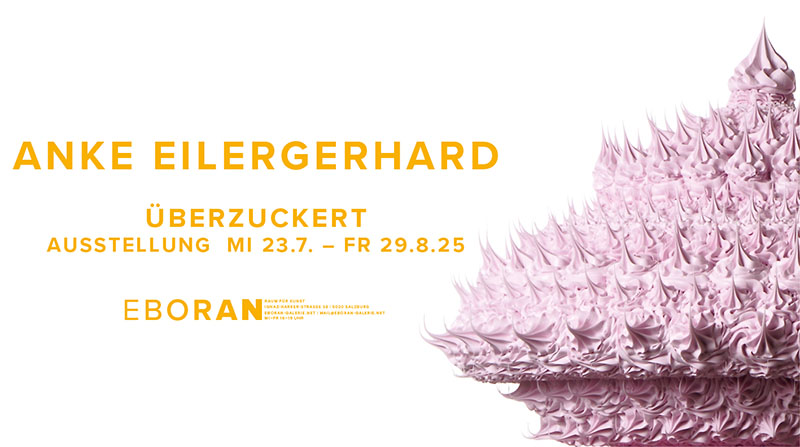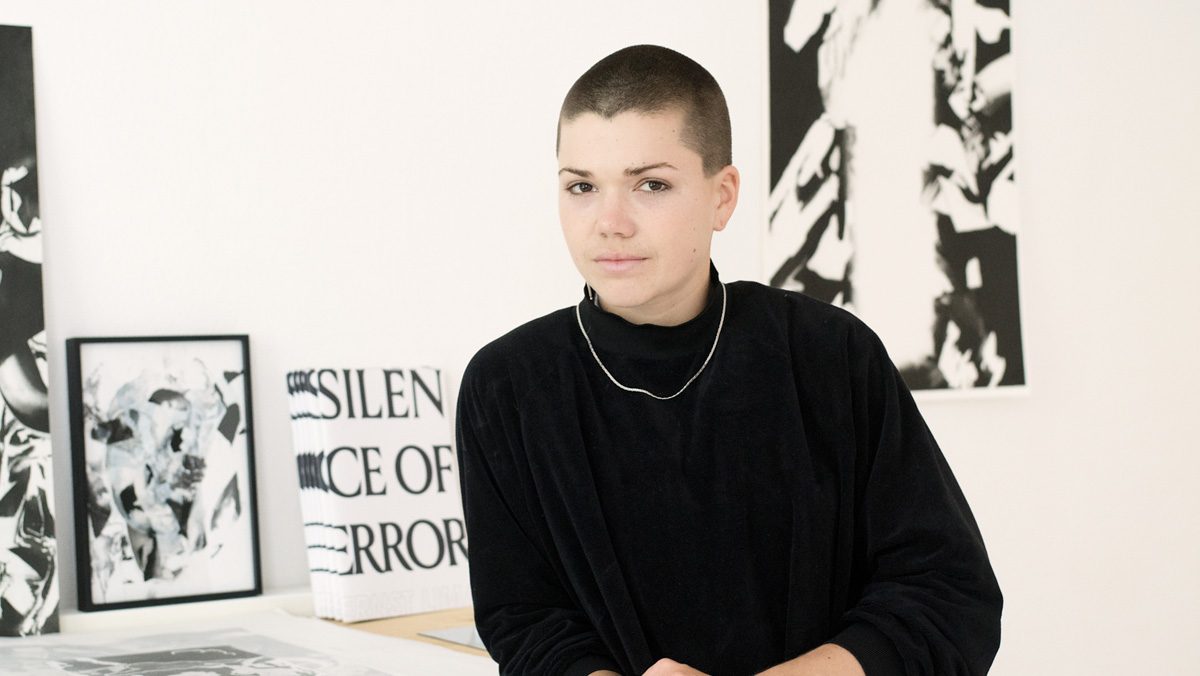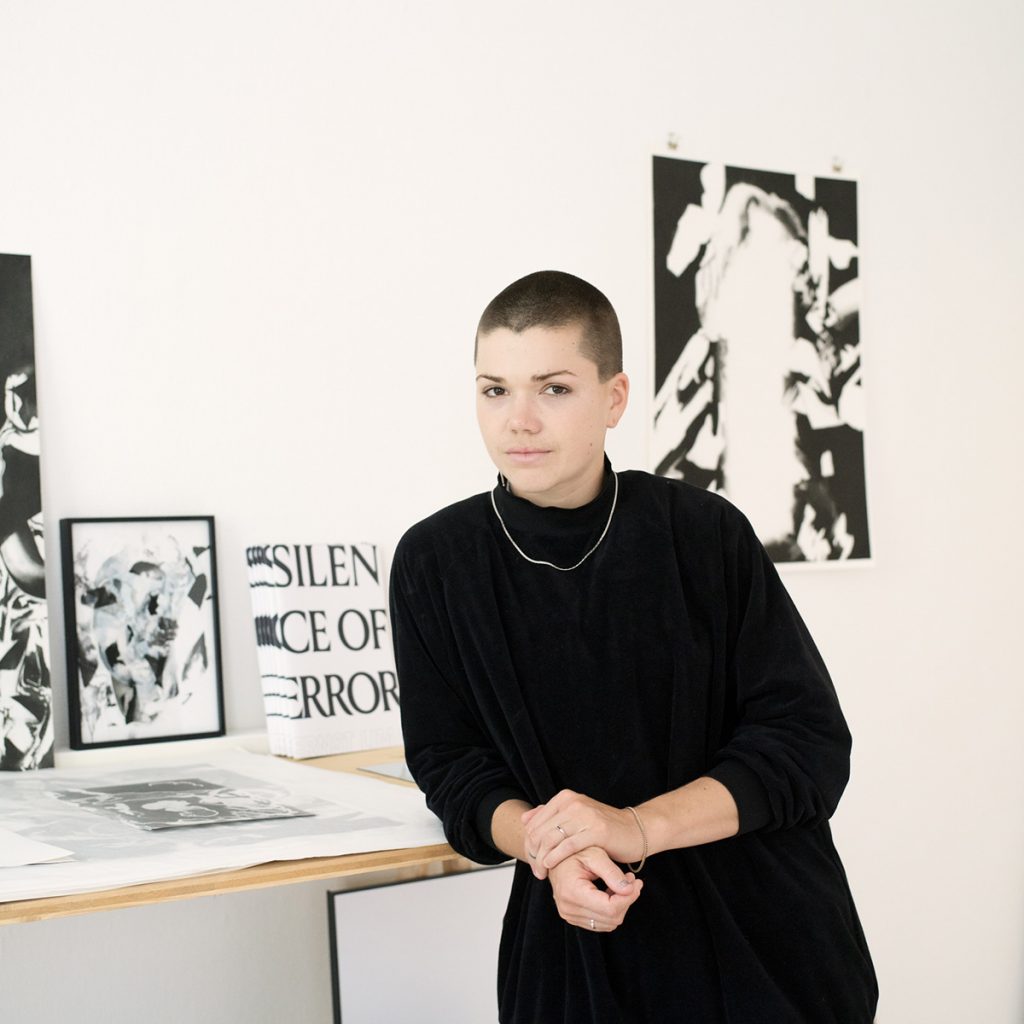
Du vermischst traditionelle und moderne künstlerische Techniken. Wie genau sieht dein Prozess aus?
In meiner Praxis beschäftige ich mich mit der Verbindung digitaler und analoger Prozesse. In diesem Wechselspiel werden die ursprünglichen Bilder so weit verfremdet, bis sie von außen nicht mehr lesbar sind. Der Ursprung des Bildes wird teilweise unleserlich gemacht. Es kommt sozusagen zur Auflösung der Identität des Bildes durch digitale Codes. Im letzten Schritt verwende ich die Aquatinta-Radierung mit der ich die digitale und analoge Ebene verbinde und auf Augenhöhe bringe. Die Medien werden durch diesen analogen Prozess zu einer Einheit. In meinen Soundarbeiten spielt diese zwischenmenschlichen Resonanz auch eine tragende Rolle. Ebenen, wie Körpersprache und Tonalität, haben eine sehr unterschiedliche Relevanz für die Wahrnehmung einer Nachricht. Ohne non-verbale Zusatzinformation gehen uns die feinen Nuancen der zwischenmenschlichen Resonanz verloren, wodurch wir heute oft „maschinell“ kommunizieren und die Emotionen statt in Worte zu fassen, durch Emojis ersetzen. Für meine Diplomarbeit, die wegen COVID 19 auf November verschoben wurde, arbeite ich an einer Raumspezifischen Sound Installation. Hier wird Interaktion zwischen zwei Körpern konstruiert, die deren gegenseitige physische Präsenz benötigen, um ihre Eigenschaften zu demonstrieren. Der Klang soll, als Kraft und Phänomen des Kontakts (mit- und) von menschlichen Körpern innerhalb des physischen Raums spürbar werden.
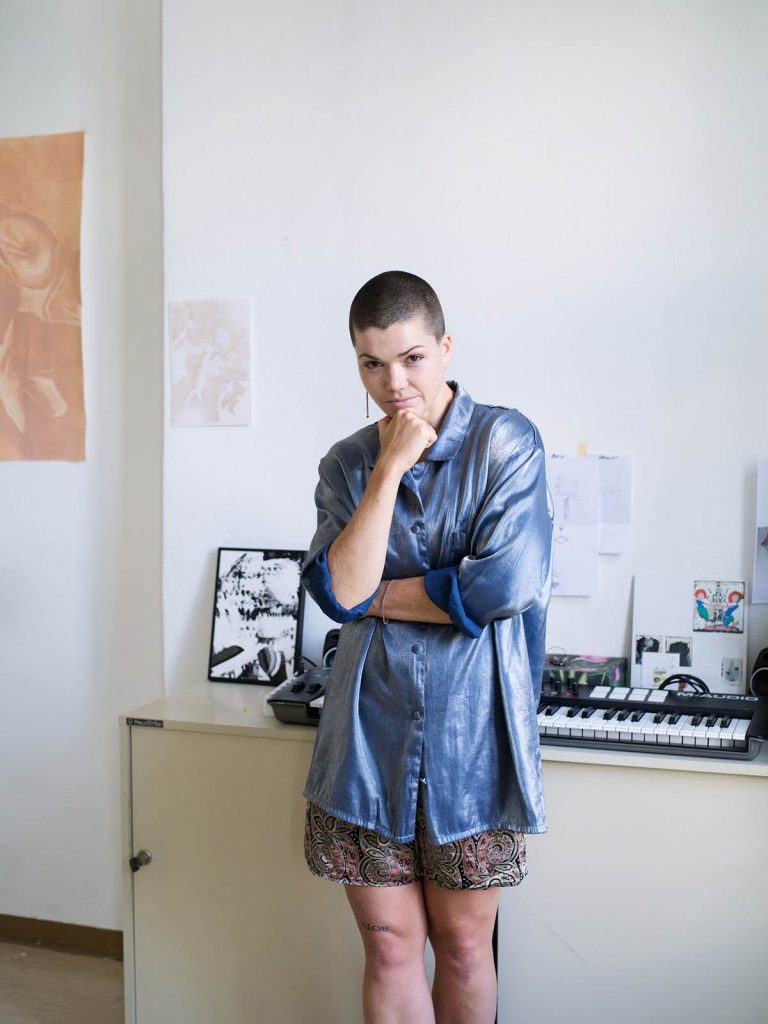
Wie kommst du zu deinen Motiven?
In meiner Arbeit sind es oft Beobachtungen verschiedener Konstitutionen, denen sich Menschen und Körper einordnen bzw. formen: Wie wirkt sich das Umfeld auf das individuelle Denken, Handeln und Fühlen im digitalen Zeitalter aus? Ausgangsbilder sind meist fotografische Momente meiner Fotoarchive. Ich finde bestimmte Körperhaltungen und Gesten visuell sehr spannend und setze mich mit deren Ursprung auseinander. Ich versuche durch das extrahieren dieser Konstitutionen die dahinterstehende Metapher zu entschlüsseln. Oft sind es immer wiederkehrende Merkmale die man an Körpern und Handlungen ablesen kann. Ich überlagere Elemente dieser Gesten des Ursprungsbildes und überarbeite diese Teils analog, teils digital: Fragmente von Personen werden zuerst analog mit Tusche und Bleistift aufs Papier gebracht und nach dem Scannen digital bearbeitet.
Fragmente von Personen werden zuerst analog mit Tusche und Bleistift aufs Papier gebracht und nach dem Scannen digital bearbeitet.
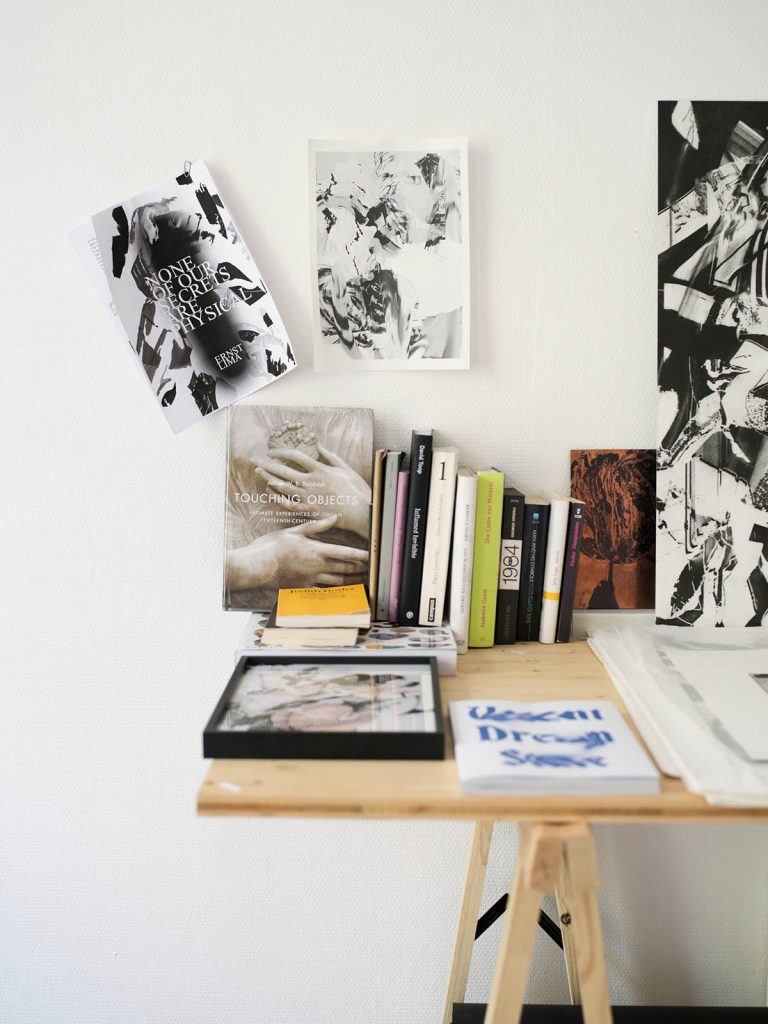
ernst lima interview kunst wien 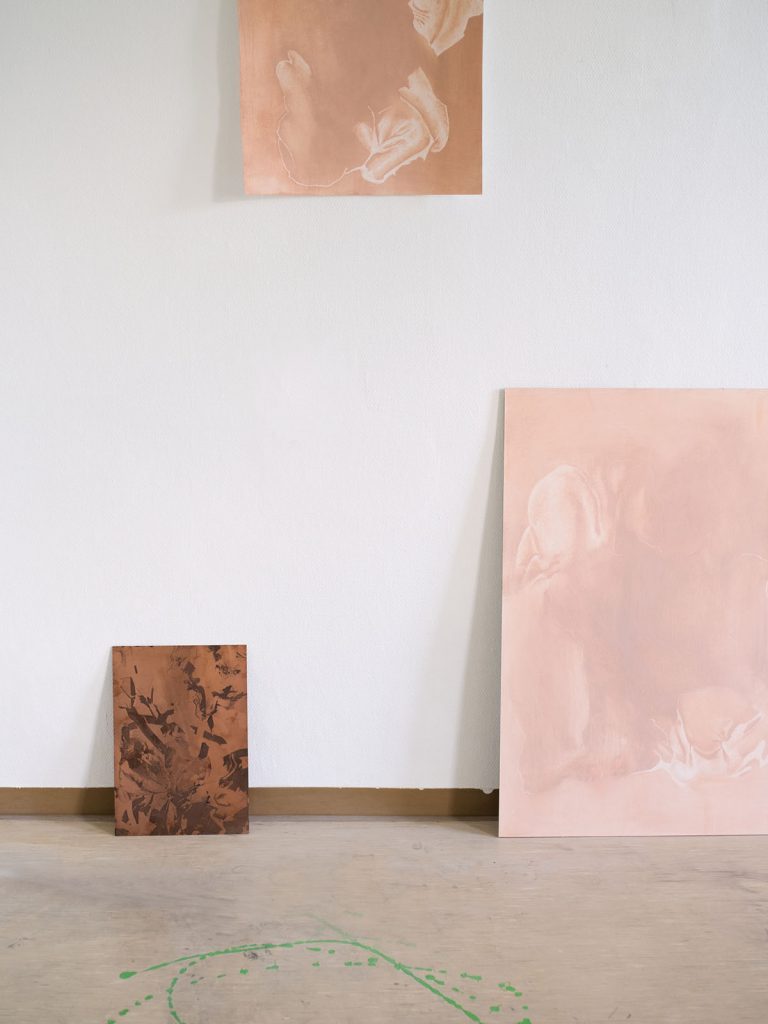
ernst lima interview kunst wien
Was machst du, wenn du dich entspannen möchtest?
Entspannen fällt mir prinzipiell recht schwer aber am ehesten gelingt mir das wenn ich schwimme, am besten tauche!
Eos Kvin. Wie ist das Projekt entstanden?
Unter dem post-human Pseudonym EOS KVIN arbeite ich mit der bildenden Künstlerin Christiane Peschek an nonbinären Rauminterventionen und Performances wobei wir Elemente von Instagram-Ästhetik und Cloudrap verwenden. Die hypermediale Gegenwart dient uns hier als Inspiration. Das Ganze entstand aus einer Diskussion über wiederkehrende Trends die sowohl in diversen Subkulturen als auch in der Kunstwelt ablesbar sind. Wir haben uns diese Trends und Attitudes zu Nutzen gemacht um mit den Gesten der Populär- und Internetkultur, zu arbeiten. Aus einer kritischen Haltung bestimmten Gesellschaftstrends gegenüber versuchten wir uns mit Eos Kvin dieser Attitudes anzunehmen und sie für uns zu nutzen. Zum Beispiel machten wir Anfang dieses Jahres in der Sanatorium Gallery in Istanbul eine Performance mit dem Titel „COME A LITTLE BIT COLSER“, bei der wir uns mit misogynen Songtexten aus dem Pop, Rock und Rap Genre von den 80ern bis 2020 auseinandersetzen. In Kopfhörern sind musikalische Neuinterpretationen aus Texten diverser bekannter Songs zu hören, welche sich in Kombination mit den realen Gegenüber(Teilnehmerinnen und Performerinnen) durch minimalen Körperkontakt, Gestik, Mimik sowie Augenkontakt zu einer resonierenden, persönlichen Erfahrung collagierte. Es entstand eine intime, nur durch Ton und Augenkontakt hergestellte ephemere, oftmals bewusst evozierte unangenehme Spannung, welche sich in den Inhalten des Textes entlädt. Zur Zeit arbeiten wir an einer EP in der wir die musikalischen Textcollagen extrahieren, neu interpretieren und sie in in einer Art Imitation aktueller Cloudrap trends in einen neuen Kontext rücken.
Kannst du dich noch an deine erste Ausstellung erinnern? Wo war sie und welche Gefühle hattest du?
So konkret könnte ich das gar nicht sagen. Ich denke es gibt da einige Ausstellungen an die ich mich erinnern kann, die in eine bestimmte Zeit gehören und die mit den jeweiligen Gefühlen einhergehen! Aus heutiger Sicht wüsste ich nicht zu sagen welche ich als DIE ERSTE betiteln würde. Aber an die unterschiedlichen Gefühle kann ich mich noch erinnern.
Hast du heuer noch eine Ausstellung geplant und wenn ja, wann und wo wird diese stattfinden?
Zur Zeit arbeite ich auf meine Soloshow „None of our secrets are physical „im Museum Krems – galeriekrems hin. Für NONE OF OUR SECRETS ARE PHYSICAL arbeite ich an einer audiovisuellen Installation, die sich lose an dem Mythos von Narziss und Echo anlehnt. Ich greife das Schicksal von Narziss und das von Echo und deren individueller Verdammnis in ihren eigenen Reflexionen auf. Sowohl bei Narziss als auch bei Echo kann ihre Reflexion das Original nicht ersetzen, sie ist eine abgeschwächte und veränderte Erscheinung ihres Ursprungs. In autobiografischen Momentaufnahmen spiele ich mit den beiden Perspektiven der Protagonisten. Eine Serie von Aquatinta-Radierungen bilden das visuelle Leitbild des Raumes. Sie befassen sich mit der Gegenüberstellung gezeichneter, auf privaten Fotos basierenden Erinnerungen. Die entstandenen visuellen Erinnerungslücken der Bildüberarbeitung, fange ich im akustischen Teil der Installation auf. Bild und Ton bedingen einander in dem Raumkonzept der Ausstellung. In einem komplementären Verhältnis ergänzen sich so auditive und visuelle Elemente der Installation.
Eröffnungsabend ist der 11. September 2020 im Museum Krems (Dominikanerpl. 4, 3500 Krems an der Donau)



